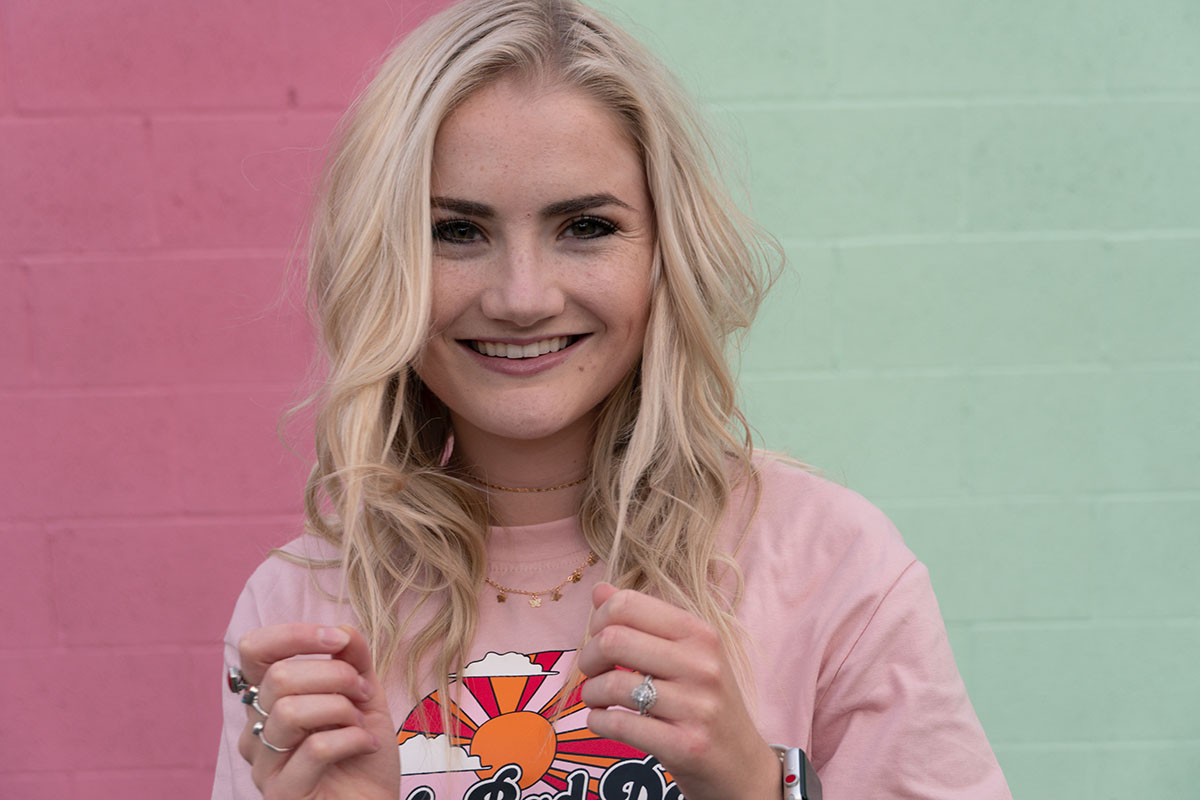1. Understandably, car seats are one of the most important topics pertaining to baby and child safety. Infancy is when car seat safety is the most high maintenance, expanding further than making sure the car seat is secure and the child is properly buckled. During the baby stage, it’s important to understand how your baby should fit in their car seat and when it’s time to adjust them. It is widely suggested to keep children rear-facing as long as possible to ensure they remain as safe as possible in the event of an accident. Ultimately it’s important to refer to your specific car seat safety manual in regards to weight and height limitations, however during infancy as your baby rapidly grows you can observe their safety by how they fit into the seat. The five-point harness should fit snuggly while wrapping over the baby’s shoulders; once you notice the straps begin lower than shoulder height it is time to adjust! According to the National Highway Traffic Safety Administration, ensuring your child’s car seat is properly secured and sized reduces the chance of fatal injury by 71%!
2 Another topic of utmost importance is that of safe sleep. The American Academy of Pediatrics emphasizes the importance of safe sleep as it’s the most effective way to reduce the risk of sleep-related death in infants. Creating the safest space for your baby to sleep, includes a crib or bassinet with a firm mattress and should not contain any blankets, stuffed animals, or bumpers. The baby should be placed to sleep on their back, and only allowed to sleep on their stomach once they begin rolling on their own. Swaddles and sleep sacks are perfectly acceptable, however, once your baby begins to roll swaddles are no longer safe. It’s also important to note that while babies are safe to sleep in their car seat when placed in the car, they should not be allowed to sleep in their car seat after it has been removed from the vehicle.
3. Baby-Proofing is probably one of the most obviously anticipated modes of encouraging baby safety. It’s important to take an honest look at your living space and baby-proof accordingly; it may not be necessary for you to buy every gadget advertised that makes it harder for your baby to find danger within your home. Rather identify the hazards and address them individually, in a way that’s effective and safe for you. You may also find that it makes more sense to baby-proof as a progressive process over time; as your baby develops, identify what needs arise and respond accordingly. Needless to say, you don’t NEED outlet covers and handle locks in place before you bring your baby home from the hospital.





